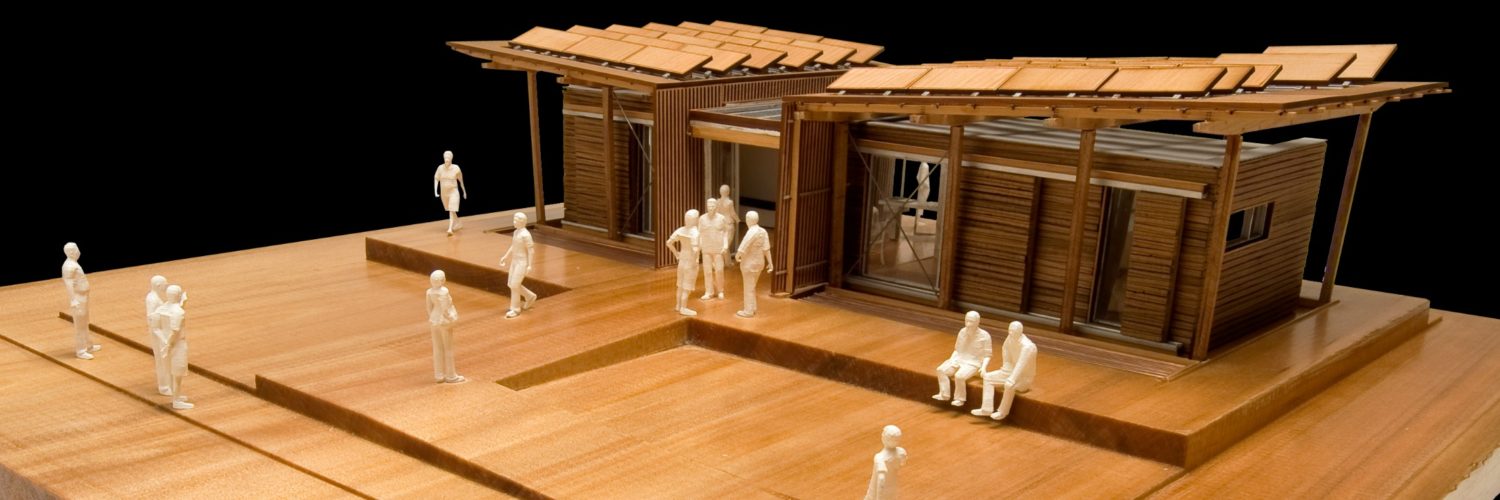Products business model

This article is all about the products business model. It’s part of a series of articles about business models. If you haven’t yet read the central article about all the different types of business model you might use, you might want to start with that as your guide first. Or just dive in here for some tips on the products business model.
Update – I’ve gone much further into the products business model since I wrote this article. You should now check out all the fantastic resources at Adventures In Products, which is completely dedicated to productising, all for small business owners.
The big difference between selling products and selling services
When you sell products, you sell a one-off item. It might be a physical thing, such as a teddy bear. It might be a digital product, such as an ebook about some teddy bears who go for a picnic.
The point is that you’ve made a thing, and you sell this to your customer. Once you’ve made it you’ve pretty much done. When you sell a service, you’re effectively selling time, not a thing.
Some examples to make this a bit clearer
Maggie from BakeitFreeFrom sells kits for people to make allergen-free vegan cakes at home. That’s a product.

My friend Jennifer Lindsay-Clarke makes bizarre chocolate sculptures with Benedict Cumberbatch’s head on a rabbit’s body. That’s a product, as well as being weird.

I write books and sell them on my website and Amazon. That’s a product – once I’ve written the book, I’m finished, and I just need to sell it.
You don’t have to make the product yourself. I used to work with a client who bought mugs in Morrocco and sold them in the UK. He just bought mugs, and then, later on, ordered some to his own design.
Xero accounting is a product – they sell you some software so you can do your accounts. It’s still a product, even though we call this software as a service because you’re not actually buying their software, you’re just paying every month to be able to use their product.
We usually talk about the products business model when you’re making (or buying) something which you sell lots of.
And that’s the big difference between selling billable hours and selling on the products business model. With products, you can scale your business up and sell hundreds. When you sell services on a billable hours business model, you don’t have hundreds of hours in a day.
Repeatability and scalability
When you’re using the products business model, you’re selling a lot of the same thing. You’re repeating yourself. When Maggie from Bake it Free From sells me a cake kit, it’s the same cake kit as she sells to anyone else. We all get the same allergen free ginger cake. It takes Jennifer some time to make each Cumberbunny, but the real-time investment was to sculpt the mould, develop the techniques and work out which chocolate works best.
It’s repeatable. I don’t have to write a new book about small business pricing for each person who buys it. But when someone comes to me for advice about their pricing strategy, I do have to think about it differently each time and use my skills as a business advisor to come up with a solution for them. That’s a service and uses up some of my time each time I do it.
That repeatability is what makes the products business model so attractive.
Once you’ve done the initial work of sourcing or developing the product, you’re selling the same thing over and over again. Which makes it scaleable. Maggie can sell thousands of cake kits. Sure, each one takes some time to put together, but nothing like the amount of time it took Maggie to develop the first one.
Why we like the product business model
The product model is lovely when you want a business which you can build up because there’s no limit on how big you can grow that business. Of course, there are different stages of growth with the product model, and you still have to work on the marketing, but you’re not limited by the number of hours in the day.
When you’re selling services, you do have a ceiling of the number of hours you can work. And the only way to expand the business is to either take on more people to provide the services (moving on to running an agency) or to move to something closer to the products business model.
And we like the products business model because you are much more likely to build up a business which you can sell in a few years. Someone else can maybe take over the business from you and carry on selling the products. This can still be true of a services business, but it’s more difficult to train people to do the services, and to make yourself redundant from the company.
That’s why businesses based on the products business model tend to sell for more money than a service-based business.
Another example
Let’s take a massage therapist as a pretty extreme example.
Paul (not his real name) is a massage therapist. He worked with me and learnt lots about pricing and marketing, so he’s a pretty successful massage therapist now. He’s booked out every day, and he’s making okay money. He can do five massages a day, charging £55 a time, and works four days a week. He takes six weeks holiday a year and turns over 50k a year. After he’s paid for his massage studio and his marketing, he makes a 38k profit in a year.
Not bad.
But then Paul notices that his wrists are getting sore. And that he’s getting tired at the end of the day and doesn’t want to see his friends anymore because he’s taking on all the emotions his massage clients bring along with them. This is annoying, because he’s got a 3-year-old son and he wants to be able to play with him when he gets home.
Paul starts thinking about something more scalable. He cuts down on his clients and starts a product business, running courses on how to run a successful massage business.
Getting it off the ground is difficult and takes two years. But by the end of this, he’s got a much more successful business, with no limit on the number of courses he can sell, and he gets to play with his son every evening. They all live happily ever after.
What’s the hell bit?
The hell bit for a product business is usually at the beginning. It takes time to develop the product. Maggie took two years to work out how to make cakes that would still be tasty, even when they’re vegan and allergen-free. And then it takes time to do the marketing, and start getting customers in.
Product businesses are great for people who have some financial security behind them and are in the business for the long run. If you need to generate cash flow quickly, and/or you’re not too bothered about building a more significant business or one which you can sell for a large chunk of cash, you’re much better off with services, not products.
The other bits to remember with the product business model
There are time and money costs for each product you sell. These might be tiny if you have a digital product, but they’re still there. And if you’re selling a physical product, there’s going to be a cost with each one. That cost will be what you pay for the product or the raw materials, but will also be the cost of the postage, packing and handling.
Many people put a lot of effort into building their skills to develop a product, but forget to hone their skills in pricing, marketing and running a business. Both are important for growing a successful business.
More blogs on business models:
Do we all need to be disruptive?


